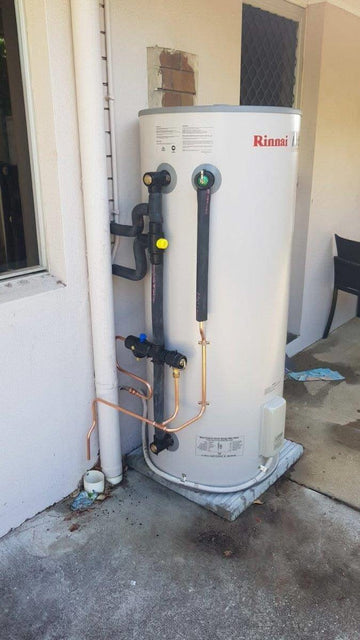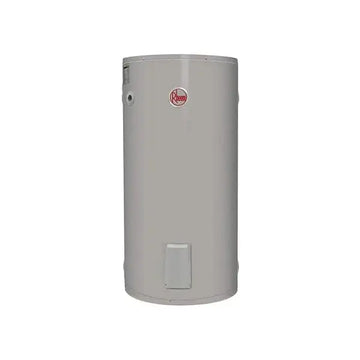Gas Hot Water System Troubleshooting Guide: Common Issues & Solutions
A gas hot water system is a reliable way to ensure continuous hot water for your household. However, like any appliance, issues can arise. This guide covers common problems, quick fixes, and long-term solutions to keep your hot water system running efficiently.
Common Gas Hot Water System Problems & Solutions
1. No Hot Water
Possible Causes:
-
Gas supply is turned off
-
Pilot light is out
-
Faulty thermocouple
-
Clogged burner
Solution:
-
Check if your gas supply is on by testing another gas appliance
-
If the pilot light is out, follow the manufacturer’s instructions to relight it
-
Replace a faulty thermocouple if the pilot light won’t stay lit
-
Clean the burner to ensure proper gas flow
2. Pilot Light Keeps Going Out
Possible Causes:
-
Thermocouple is faulty or misaligned
-
Gas pressure issues
-
Drafts or wind blowing it out
Solution:
-
Ensure the thermocouple is correctly positioned near the flame
-
Check for strong drafts and shield the pilot light if necessary
-
If gas pressure is an issue, contact your gas provider
3. Water Is Too Hot or Too Cold
Possible Causes:
-
Thermostat setting is incorrect
-
Sediment buildup in the tank
-
Faulty gas valve
Solution:
-
Adjust the thermostat to a safe and comfortable setting (usually 50–60°C)
-
Flush the tank to remove sediment buildup
-
Replace a faulty gas valve if necessary
4. Low Hot Water Pressure
Possible Causes:
-
Blocked strainer valve
-
Pipe corrosion or sediment buildup
-
Incorrect pipe sizing
Solution:
-
Clean or replace the strainer valve to remove debris
-
Inspect and replace corroded pipes
-
Ensure the correct pipe size is used for the system
5. Gas Leak or Rotten Egg Smell
Possible Causes:
-
Loose gas connections
-
Damaged gas line
Solution:
-
Do NOT attempt to fix a gas leak yourself
-
Immediately turn off the gas supply and contact a licensed plumber or gas technician
-
Ensure your home is well-ventilated while waiting for professional help
Preventative Maintenance Tips
-
Flush the Tank Annually – Prevent sediment buildup by draining and flushing the tank
-
Check the Anode Rod – Replace every 3–5 years to prevent tank corrosion
-
Inspect the Burner and Pilot Light – Ensure consistent ignition and gas flow
-
Monitor Water Pressure – Sudden drops in pressure may indicate blockages
-
Insulate Pipes – Prevents heat loss and improves energy efficiency
When to Call a Professional Plumber
Contact a licensed plumber if you notice:
-
Persistent gas smell
-
Pilot light repeatedly going out
-
Water leaks around the unit
-
No hot water despite troubleshooting
-
Unusual banging noises from the tank
A professional can diagnose complex issues and ensure your system complies with gas safety standards.
Conclusion
A gas hot water system is an essential part of any home, but occasional problems can disrupt its function. Regular maintenance and prompt troubleshooting can extend its lifespan and improve efficiency. If in doubt, always consult a professional to ensure safe and proper repairs.
Frequently Asked Questions (FAQs)
Q: How do I know if my thermocouple is faulty?
A: If your pilot light won’t stay lit even after cleaning, the thermocouple may need replacing.
Q: Why is my gas hot water system making noise?
A: Sediment buildup in the tank can cause banging or rumbling sounds. Flushing the system can resolve this.
Q: Can I install a gas hot water system myself?
A: No, installation should always be performed by a licensed plumber to ensure compliance with safety standards.
Q: How often should I service my gas hot water system?
A: At least once a year to ensure peak performance and safety.
Need expert help in Brisbane or the Gold Coast?
📍 Trust the team at JR Gas & Water — your award-winning hot water specialists. Stay warm and worry-free!





























